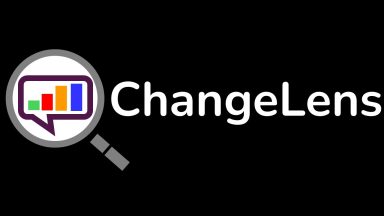Why Change Doesn't Always Fully Deliver
What many organisations fail to fully grasp, whether the change is mandatory or discretionary, is that any change presents a wider opportunity to bring benefit to the business. Too often, the change program is narrowly focused, and often intentionally applied to replicate existing functionality or, limit disruption to the business
Whilst the two need to go hand in hand, the focus emphasis is often on mitigating risk rather than grasping opportunity.
Many organisations will have change functions that include the gathering of business requirements, but again, these are sometimes focused narrowly on replicating existing functionality and minimising disruption to the business.
For discretionary change, organisations will likely have criteria which the change must meet, and will allocate limited change resource and funding, to those projects that best meet the criteria. The criteria might include the time it will take for the cost of the change to be recouped, or stipulate that there should be no negative impact on customer or user experience.
Change Gaps
Organisations, however, typically miss two key things when it comes to change:
- Change is an opportunity to look more widely at the business and to incorporate changes that are ‘not in scope’ that will deliver additional benefit for the business in terms of its operational efficiency, the service it provides to its customers and the productivity of the people involved in delivery.
- Change shouldn’t be just seen as something which is project based. It should be a dynamic, ongoing process which focuses on consistently looking where improvements can be made for the benefit of the business, its customers and its employees.
Narrowing the change focus also narrows the extent of the likely resulting benefits to the organisation, by missing improvements that can often easily be made as part of the change delivery.
Another failure of change program delivery is that the likely outcomes are not always fully considered and quantified. Even if they are, measurement against them often fails, so there is often no viable mechanism to say whether a change program has been successful or not.
Why ChangeLens™
At ChangeLens™ provides a layer of governance and a 360º focus to organisational change which:
- assists organisations in properly identifying where change is required for the benefit of the business, its customer and its employees.
- ensures change programs are focused on optimising outcomes.
- adds objectivity to change decision making by providing clarity around the likely outcomes.
- mitigates change investment risk.
- helps to quantify the likely performance improvement and outcomes resulting from the change.
- provides measurement against KPIs to objectively determine the success of the change delivery.
- includes diagnostic capability to determine how well the change has been delivered and to enable continuous improvement in the way it is delivered.
System and process users, in particular, are often best placed to inform where systems and processes aren’t working and need to be fixed, which in turn reduces waste and improves operational efficiency. At the same time, users direct contact with customers, day after day, puts them in a unique position to be able to inform what change is required to improve customer experience.
Easily Applied
ChangeLens™ has developed a suite of discovery based approaches that ensure business, customer and user requirements are fully integrated into change design and delivery.
It has also designed a series of measurement modules which focus on quantifying the performance improvements that will result from the change and then measuring performance against these KPIs. These modules include diagnostic capability to quickly identify and rectify causes of under-performance.
Both the discovery and measurement modules can quickly be applied to existing change delivery or used more broadly to identify where change is required to deliver benefit for the business..
We need your consent to load the translations
We use a third-party service to translate the website content that may collect data about your activity. Please review the details in the privacy policy and accept the service to view the translations.
